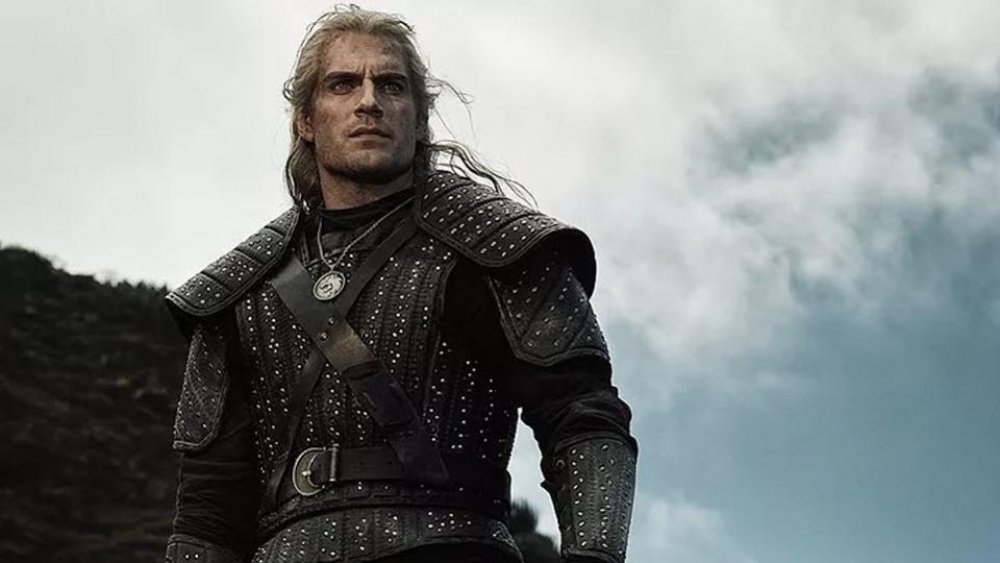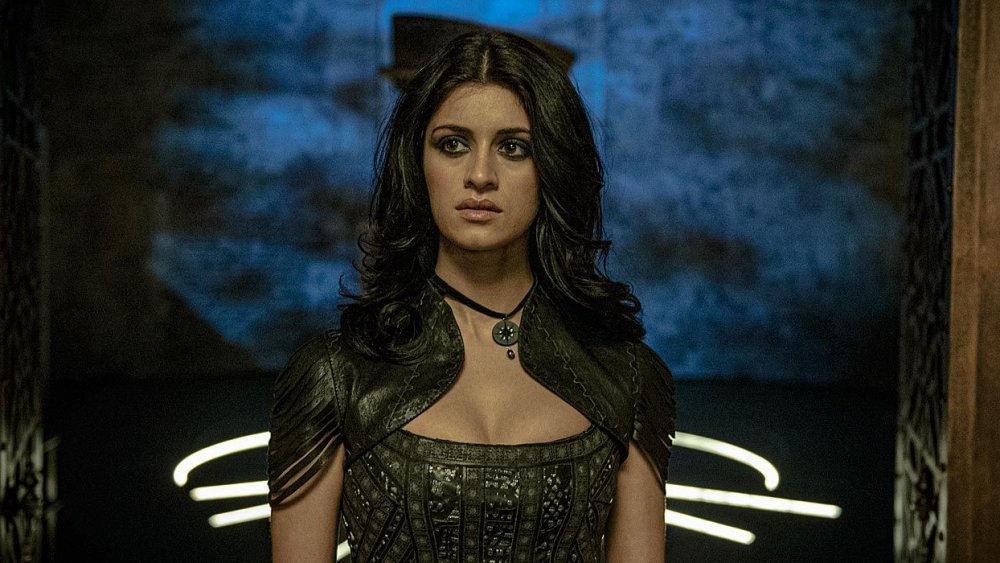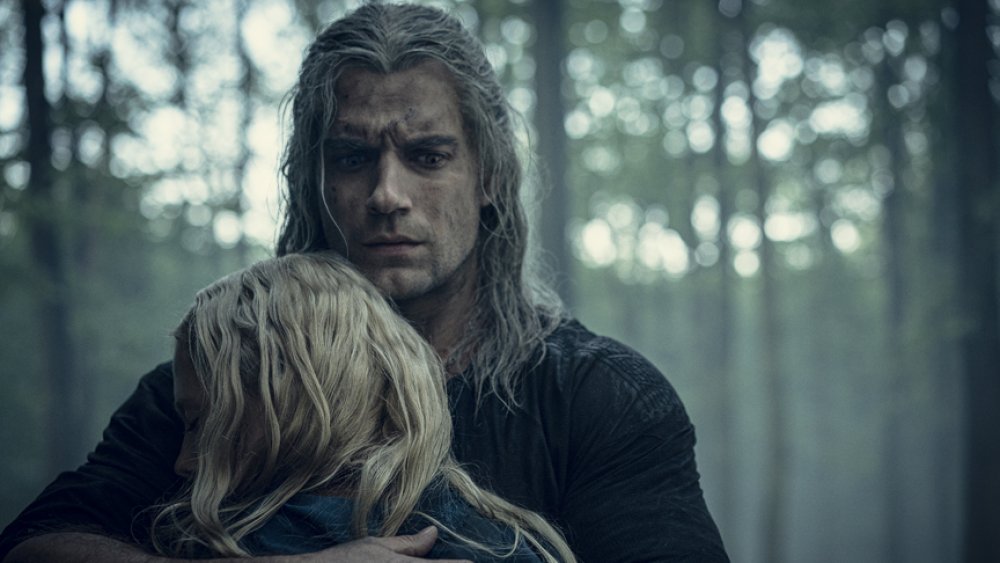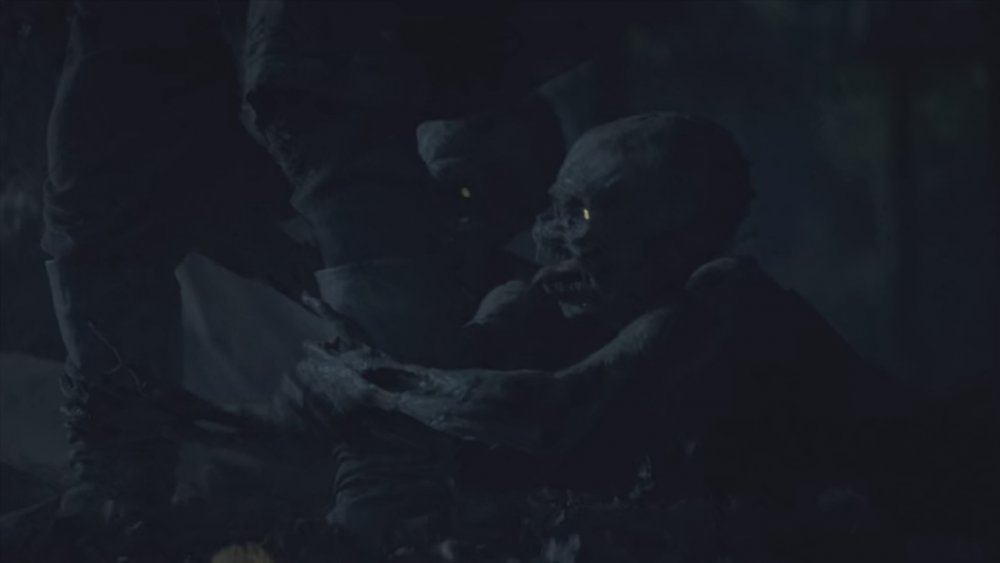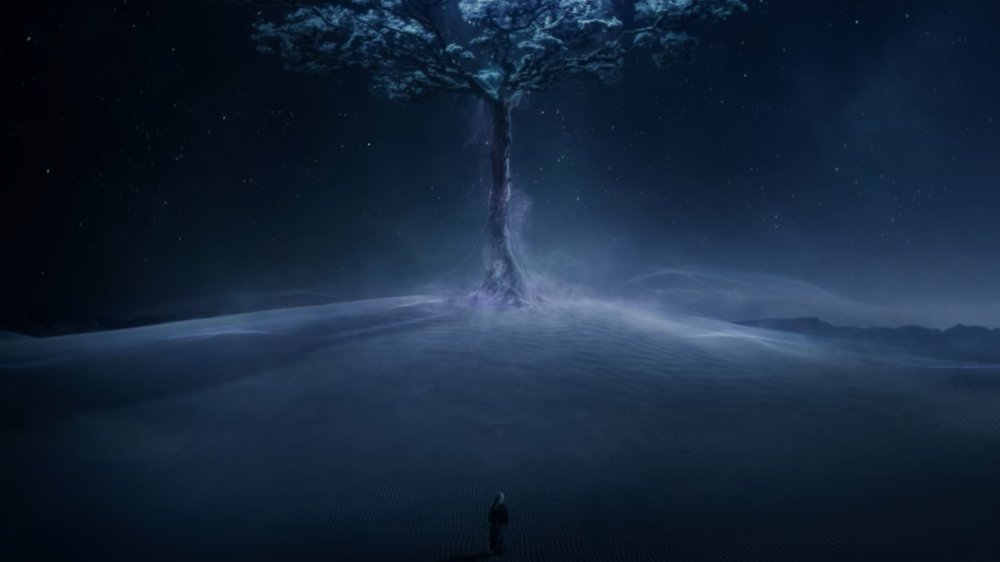Things You Never Noticed In The Last Episode Of The Witcher Season 1
The Witcher is a series with very dense lore, born both from the original novels and the popular video game franchise. Netflix's TV version sought to turn some of that lore on its head with its unique, non-linear narrative. It worked out very well and enhanced the theme of fate that is so crucial to the story, but for the uninitiated only just learning about The Witcher through this adaptation, it could at times be a little overwhelming to follow.
Any season finale should be chock-full of plot points and generate intrigue for its next season, and The Witcher's finale, "Much More," had all that and then some. The Battle of Sodden Hill is the centerpiece of the episode, and a critical point in the overall Witcher canon, soaking up a lot of attention with its slick usage of magic and multiple perspectives. In all that excitement, the little things can slip right by, but we've dug deep to find those tidbits that can enhance the whole experience and prompt interesting questions for what we might see whenever that next season does arrive.
The significance of Yennefer's injury on The Witcher
In the initial stages of The Battle of Sodden Hill, Yennefer (Anya Chalotra) is told by Tissaia (MyAnna Buring) to keep watch in the ruined tower of the keep in order to help direct the other mages' attacks. That plan ultimately falls apart when Fringilla (Mimi Ndiwendi) breaks through the defense from the inside with a multilateral attack, including the use of some (really quite gross-looking) black worms that control people's action. One of those afflicted by the worms, Sabrina (Therica Wilson-Read), climbs the tower to attack Yennefer with a spare arrow. The trick here, however, is just where the wound lands: it's much lower than one would usually aim in order to kill ... but that assumes the intent is to kill.
A huge proportion of Yennefer's characterization all throughout season 1 is focused on her obsessive quest to reverse the infertility created as a result of her physical transformation, and the arrow injury in question is almost directly where her uterus is situated. Fringilla is reminding Yennefer what she wanted most. This might seem coincidental until you realize that this attack is immediately followed by Fringilla openly tempting Yennefer with the opportunity to join Nilfgaard, where she can have anything without The Brotherhood's limits. This is Yennefer's final temptation, and in refuting it, she opens the doors to maximizing her potential when Tissaia says to let her chaos explode under perfect control.
The title of the episode is a sneaky nod to a Witcher short story
As mentioned previously, the finale episode is titled "Much More." If you're not familiar with the novels, you wouldn't realize that the episode is a relatively loose adaptation of the short story "Something More." That alone is a bit of a cheeky pun, but the connection goes deeper than that. The general plot of the original short story is the same as that of the episode: Geralt (Henry Cavill) is injured and hallucinates things from his past, the The Battle of Sodden Hill takes place, and Ciri (Freya Allan) and Geralt are truly united by fate. What doesn't make it into the Netflix adaptation, however, is a particular conversation between Geralt and Ciri at the end of the story. In the novels, Geralt and Ciri had briefly met before and then parted, so upon reuniting, Ciri demands that Geralt answer if she is, in fact, his destiny. Geralt's response is very simple: "You're more than that, Ciri. Much more." It's quite a sneaky little easter egg for pre-established fans who are looking forward to seeing the special familial relationship that will grow between Geralt, Ciri, and eventually Yennefer.
Geralt's undead foes should be familiar to fans of the Witcher games
Geralt is injured in the episode as a result of fighting off some undead monsters to protect the merchant Yurga (Francis Magee). The original short story also opens this way, but the attack is not a direct result of Nilfgaard's siege of Cintra, as it is in the show. Neither book nor show gives much detail on the monsters, and that might be because they bear a pretty striking resemblance to a class of enemies from the Witcher video game series called necrophages; most specifically, the ghoul models. An in-game bestiary entry even describes the way they move — on all-fours despite having human limbs — in a way that mirrors the method by which they attack Geralt in the episode. Necrophages are also described as being attracted to scenes of mass death, which oh-so-curiously also lines up with Geralt's warning that Yurga does not understand what kind of danger he's in trying to give the victims a proper burial. It's a much more oblique reference compared to the infamous scene with Bathtub Geralt, but it appears Lauren Hissrich and her team do find unique ways to weave in little bits of the games' lore where they can do so without departing from their own vision.
What, or who, is The Witcher's center?
In "Much More," the main antagonist, Cahir (Eamon Farren), has a pitched, one-on-one sword fight with the mage Vilgefortz (Mahesh Jadu) during The Battle of Sodden Hill. Vilgefortz demands Cahir tell him what he really wants from attacking Cintra and the northern kingdoms, and Cahir cryptically replies that he wants, "to get to the center of it all". There's no follow-up, so it's natural to assume this is meant to whet the appetite for the next season. What, then, is the center for which Cahir is searching? We know that his direct mission is to track down Ciri, but what about Ciri makes her a "center?"
Way back in episode 4, Ciri appears to have a vision, after drinking from the magical waters of Brokilon Forest, of a massive tree growing in a desert . There are a number of theories as to what that scene is supposed to mean, but a big one suggests that it may be original content on Netflix's part making reference to Yggdrasil, The World Tree featured in Norse and Slavic mythology (The Witcher utilizes largely Slavic mythology for its canon). Yggdrasil is the "center" of the universe, encapsulating the Nine Worlds. If that sounds a little convenient, allow us to add a little more context: During one of Geralt's fevered memories in "Much More," his childhood self is on a cart, musing to his mother about the universe, asking what's beyond the edge of the world. He suggests other spheres lie beyond it in space, which is awfully close to describing how Yggdrasil contains the universe within its branches. All of this plays into Ciri's powers. Including Yggdrasil would be quite an original twist, but not out of line with The Witcher's inspirational material. Is this the "center," and is Ciri the key to reaching it? We can only wait until season 2 to find out.
